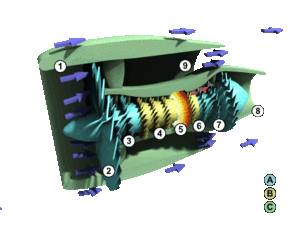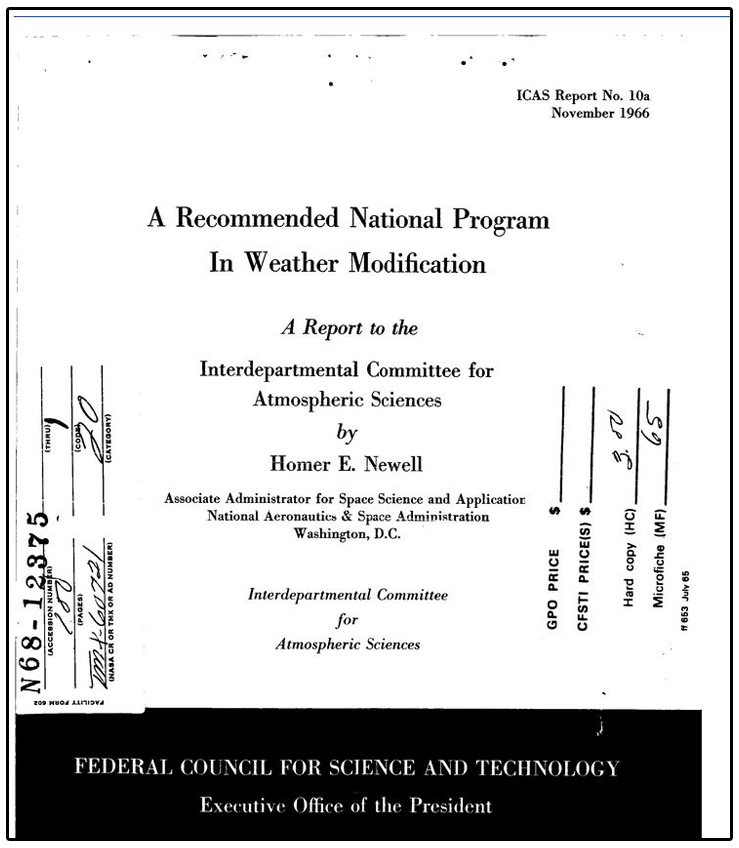New research is revealing something remarkable about why the body sweats. Beyond its obvious role in regulating body temperature, sweating has been found to facilitate the elimination of accumulated heavy metals and petrochemicals, indicating that if we want to be healthy we should put regular effort into doing more sweating. Posted on:
Sayer Ji, Founder
Tuesday, July 23rd 2013
Sweating has long been known as a source of bodily, if not also spiritual “cleansing.” But until recently, very little ‘scientific’ confirmation existed proving that using heat and/or exercise to facilitate perspiration-induced detoxification actually works the way that many natural health advocates claim.
With the Rise of Biomedicine and its so-called ‘evidence-based’ model of determining what is true and thereby legal to practice, this conspicuous lack of clinical proof has resulted in a veritable inquisition against those who claim that bodily detoxification through sweating is anything more than a form of ‘quackery.’
Sweating Confirmed As A Detoxifier of Metals
Enter the findings of a groundbreaking 2011 study published in the Archives of Environmental and Contamination Toxicology, which explored the effects of bioaccumulated toxic elements within the human body and their method of excretion:
“Toxic elements were found to differing degrees in each of blood, urine, and sweat. Serum levels for most metals and metalloids were comparable with those found in other studies in the scientific literature. Many toxic elements appeared to be preferentially excreted through sweat. Presumably stored in tissues, some toxic elements readily identified in the perspiration of some participants were not found in their serum. Induced sweating appears to be a potential method for elimination of many toxic elements from the human body.”[1]
The researchers also made the important observation that, “Biomonitoring for toxic elements through blood and/or urine testing may underestimate the total body burden of such toxicants. Sweat analysis should be considered as an additional method for monitoring bioaccumulation of toxic elements in humans.”
These are truly novel findings insofar as sweating, at least from the perspective of evolutionary biology, is considered to exist primarily for thermoregulation (sweat cools the surface of the skin and reduces body temperature, functioning as a wholebody cooling system). While the sweat glands have a well-known secondary role for the excretion of water and electrolytes, this function is not generally understood to be a form ‘detoxification.’
Also, this study underscores just how common it is for conventional medical practice to overlook the relevance of environmental factors in health (e.g. exposures to metals, petrochemicals, toxins), as many of these ‘vectors’ of exposure/poisoning are not properly measurable via blood or urine tests; that is, when they even care to look. This blind spot, of course, feeds the delusion that one can suppress bodily symptoms associated with environmental exposures with additional patented chemicals, in the downward spiral that is drug-based medicine. The obvious alternative method – identify and remove the poisons – isn’t even on the table, unless the practitioner happens to be aware of natural, integrative or functional medical principles and has the courage to go against the FDA-approved and liability-shielding grain to employ them.
Why Blood and Urine Analysis May Fail To Reveal The Problem
These preliminary research findings were further confirmed in a 2012 meta-analysis published in the Journal of Public and Environmental Health. The study titled, “Arsenic, cadmium, lead, and mercury in sweat: a systematic review,” was performed by researchers from the Children’s Hospital of Eastern Ontario Research Institute, Ontario, Canada, and was based on a review of 24 studies on toxicant levels in the sweat.[2]
The researchers discovered the following:
- In individuals with higher exposure or body burden, sweat generally exceeded plasma or urine concentrations, and dermal could match or surpass urinary daily excretion.
- Arsenic dermal excretion was severalfold higher in arsenic-exposed individuals than in unexposed controls.
- Cadmium was more concentrated in sweat than in blood plasma.
- Sweat lead was associated with high-molecular-weight molecules, and in an interventional study, levels were higher with endurance compared with intensive exercise.
- Mercury levels normalized with repeated saunas in a case report.
The researchers concluded, “Sweating deserves consideration for toxic element detoxification.”
Sweating Also Removes The Insidious Petrochemicals BPA and Phthalates
But it gets better. Two additional studies published in 2012 found that sweating enhances the elimination of dangerous endocrine-disrupting petrochemicals.
The first study, involving 20 subjects made to undergo induced sweating, found that the ubiquitous petrochemical Bisphenol A (BPA) was excreted through sweat, even in some individuals with no BPA detected in their serum or urine samples.[3] This clearly indicates that the body uses sweat to rid itself of the BPA that has bioaccumulated in tissue.
The second study by the same research group, also involving 20 subjects, found that phthalate, a plasticizer tied to breast cancer and various other conditions associated with endocrine disruption, was present in concentrations twice as high in their sweat compared to their urine, and in several individuals was found in their sweat but not in their blood serum, “…suggesting the possibility of phthalate retention and bioaccumulation.”
The researchers concluded:
“Induced perspiration may be useful to facilitate elimination of some potentially toxic phthalate compounds including DEHP and MEHP. “[4]
Concluding Remarks and Tips
The conclusion? Sweating performs more than simply a cooling function for the body. It appears that it is also a way through which the bodily burden of accumulated toxins can be more rapidly detoxified. The natural medical tradition has long argued that the skin is the largest organ of elimination, and that oftentimes skin problems reflect a state of chronic toxicity. Perhaps modern science is only now catching up to these age-old observations.
As far as practical implementation, what are the best ways to sweat? Exercise and Sauna Therapy carry a wide range of additional ‘evidence-based’ health benefits (not to mention you feel great afterwards!), providing plenty of reason to engage these activities with enough effort and discipline to obtain a good sweat. Truly, any form of purposeful movement sustained for long enough, with the right intensity, can produce a healthy sweat. As Edgar Allan Poe said “The best things in life make you sweaty.”












































































































































One Response
Just wondering what research there is out there involving the effects, contributions etc on Australia. I hear a lot about USA, China Russia and sometimes Africa and Europe, but no one mentions Australia…
Also, anyone interested in the metaphysical side of these things may be interested in viewing the website http://www.holographickinetics.com
The actions of these people doing the geoengineering is a violation of universal law (the laws of Lore).